It’s been a fun reading month: heavy on the seasonal reads, with some Christian living, sociology, and children’s lit sprinkled in. Let’s get into the reviews.
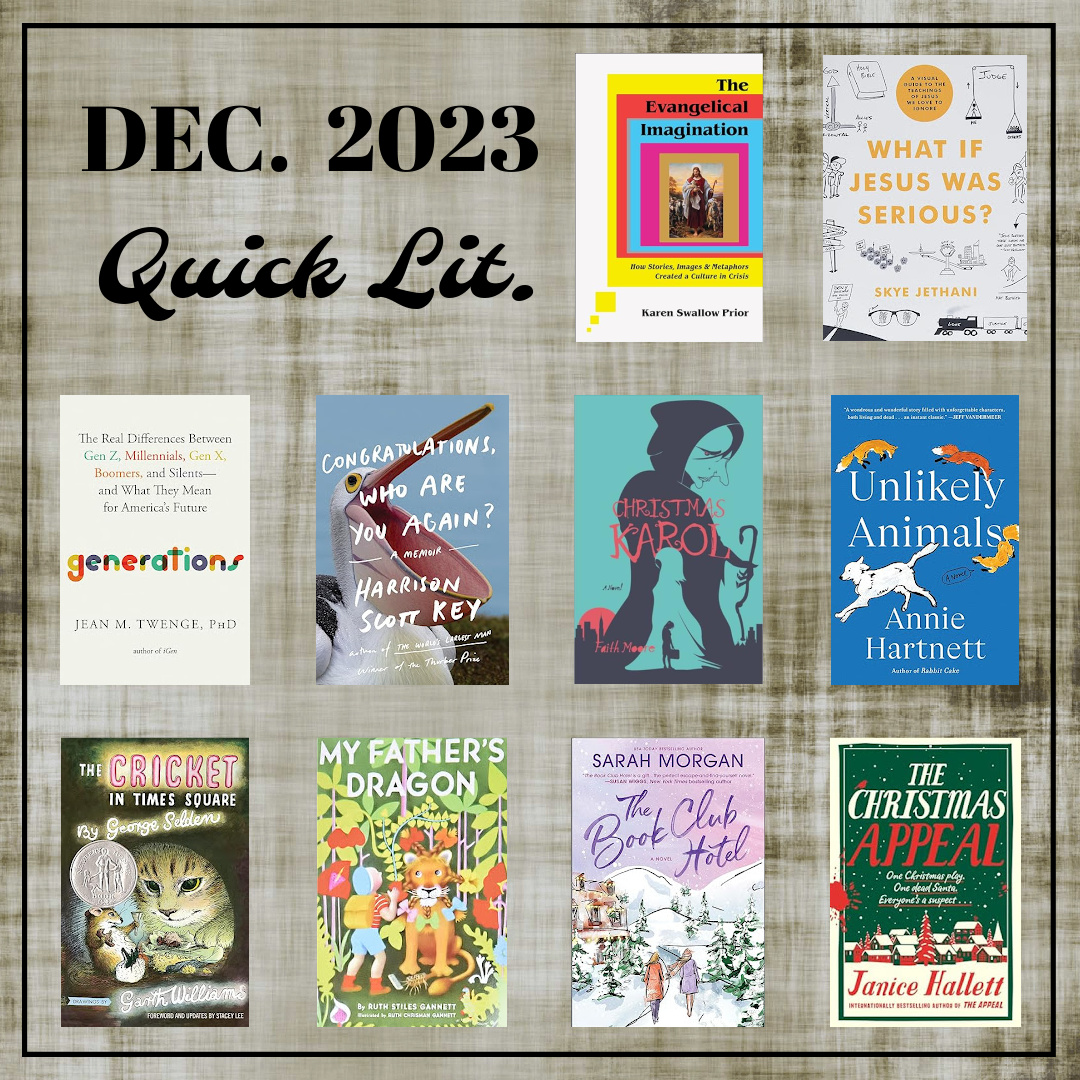
FICTION
My Father’s Dragon, by Ruth Stiles Gannett: “One cold rainy day when my father was a little boy, he met an old alley cat on his street. The cat was very drippy and uncomfortable so my father said, ‘Wouldn’t you like to come home with me?’” So begins a grand adventure for Elmer Elevator who, with the cat’s guidance, sets off for Wild Island in search of a baby dragon in need of rescuing. The island is filled with strange creatures intent on eating him, but Elmer relies on his own wit and the various items in his knapsack to disarm the beasts and save the dragon.
This short book is different from the other read-alouds we’ve done this year: it’s simpler and more straightforward, with less character development and lighter themes, and more silliness and action. The kids liked the animals’ antics and we all LOVED the incredible illustrations, but I would have liked more depth and more sophisticated prose. It’s wholesome and fun, but I would recommend it as independent reading for 2nd or early 3rd grade rather than using it as a family read-aloud.
My Rating: 3.5 Stars (Rounded to 4 Stars on Goodreads) // Format: Print // Charleston’s Rating: 4 Stars
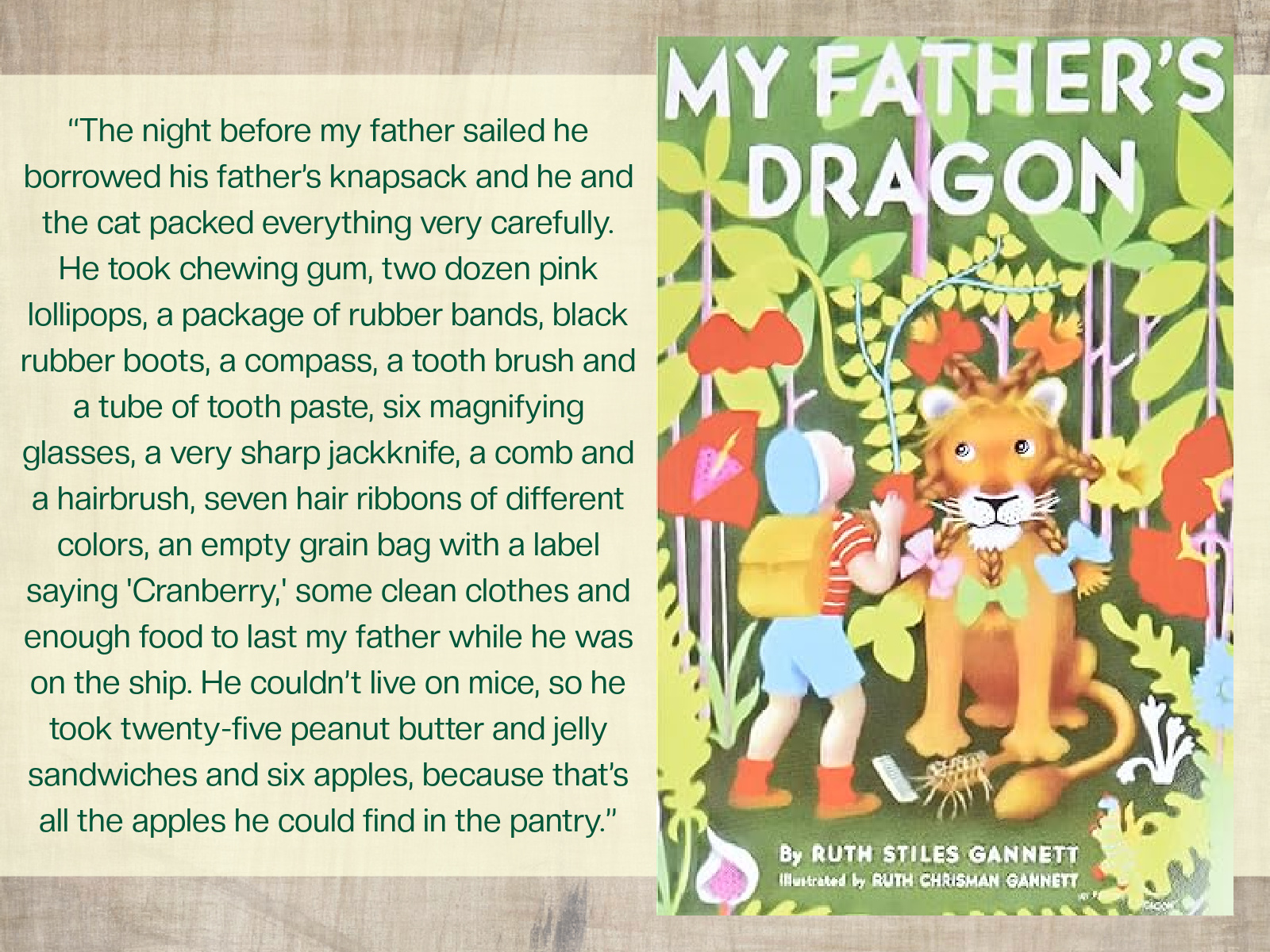
The Christmas Appeal, by Janice Hallett: It’s December, and the members of the Lower Lockwood’s Fairway Players are hard at work, preparing for their holiday performance of Jack and the Beanstalk to raise money for a new church roof. Director Sarah-Jane MacDonald has pulled out all the stops to make this a memorable performance; she’s even acquired a massive beanstalk set piece with historic ties to the theater company. Unfortunately, not all of the players are enthusiastic about the upcoming performance. Between petty rivalries, nasty gossip, and potentially-toxic set decor, the players could be in for a disastrous evening.
When a body is discovered onstage, it becomes a case for the police. As readers, we join lawyers Femi and Charlotte as they pore over old emails, text messages, police transcripts, and newspaper clippings to identify both the victim and the killer of this unique Christmas mystery.
Like The Appeal, this book is told entirely through letters and documents, inviting the reader to play along with the investigation. I love epistolary novels, and the format is especially fun here where we are not just reading a story but also piecing together a puzzle. However, I found the structure to be more gimmicky/less believable in this novella than in The Appeal. (For example, there are several text threads that do not make sense in the context of the story, as individuals would be communicating verbally rather than on their phones). But The Christmas Appeal maintains all of the snark and lighthearted absurdity that I loved in that first book, and the Christmas setting made for a wonderful seasonal read.
This novella could technically stand alone, but I enjoyed it much more having read The Appeal first; not only does The Christmas Appeal give away some key plot points from the first book (in other words, don’t try jumping into the series here), but it was fun to revisit this quirky cast of characters who have undergone quite a few changes in the years since the events of that first book, plus it helped to have some background knowledge of the setting and format. I would highly recommend this in print; I regretted reading the Kindle version, as it was difficult to flip back and forth between documents as I kept track of characters and attempted to solve the case.
My Rating: 4 Stars // Book Format: Kindle
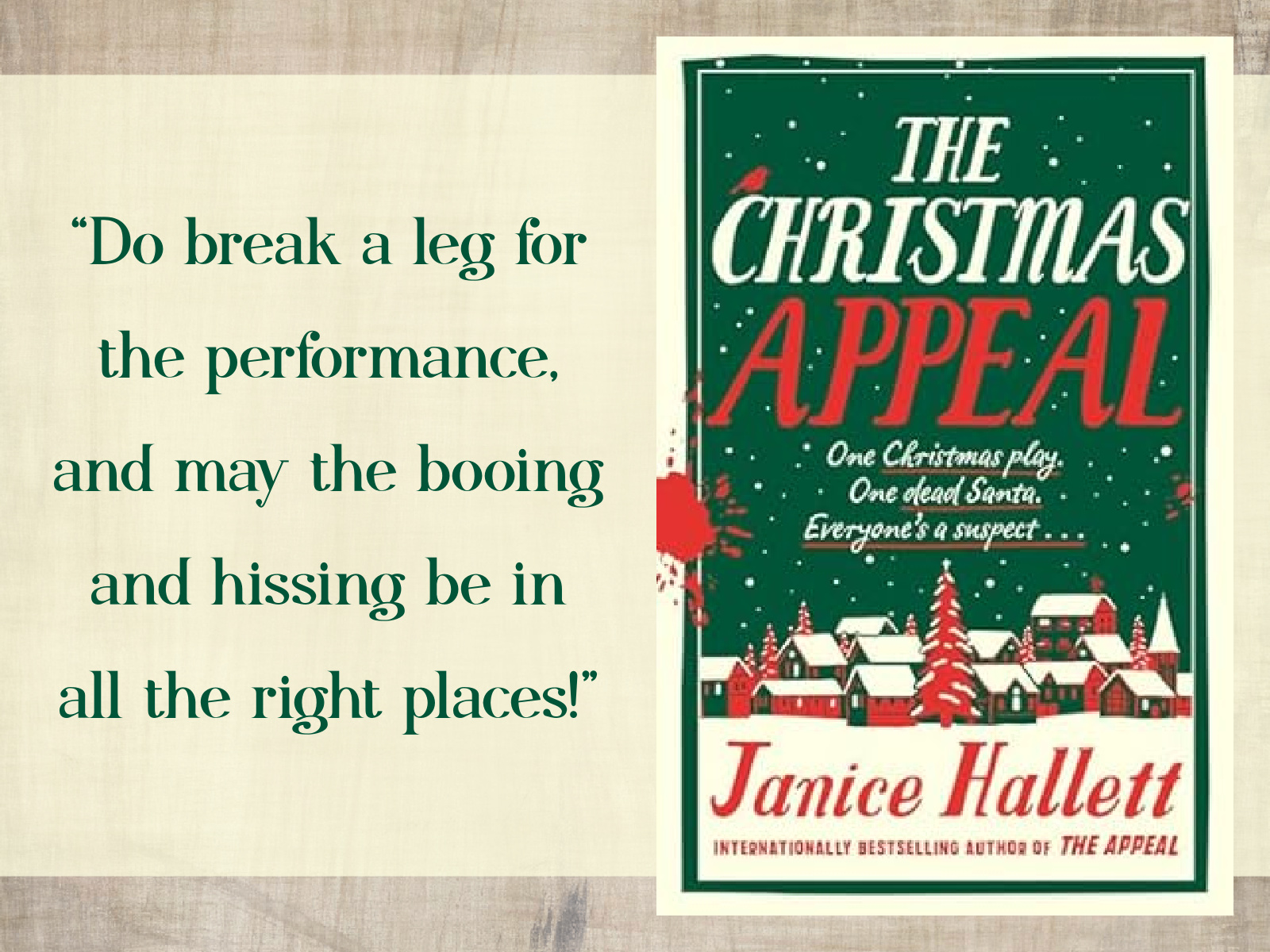
Unlikely Animals, by Annie Hartnett: The ghosts of Maple Street Cemetery (who collectively provide the unconventional narration for this book) are giddy to learn that Emma Starling is returning home to Everton, Connecticut. A natural-born healer, Emma’s onetime charm seems to have vanished; medical school no longer holds the appeal for Emma that it once did, so she is returning home (disgraced, or so she believes) to spend time with her father, Clive, who is dying of an unusual brain disease that causes him to hallucinate small animals and ghosts. Emma comes home to a family in disarray, as her mother is fed up with her husband’s erratic behavior, and her brother Auggie is struggling to maintain his sobriety after a years-long drug addiction.
The Starlings are not the only family in Everton going through difficult times: much of the town is in the throes of an opioid crisis that is knocking out its citizens one by one and destroying the lives of many others, including a class of 5th-grade students whose teacher has been personally affected. Emma soon finds herself working as the students’ long-term substitute teacher, while filling her spare time looking after her dad and helping him with his investigation of Emma’s childhood best friend, whom the town assumes has died but whom Emma’s father is certain is out there just waiting to be found.
From this description alone, this is not a book I would have picked up: I’m not into ghosts or drug stories or books that are unapologetically strange. But rave reviews from Sarah of Sarah’s Bookshelves Live, among others, persuaded me to give this one a shot. The first few chapters were slow going as I struggled to acclimate to the unusual narration and oddball humor; once I’d settled in, this was a book I couldn’t put down. I fell hard for this town and its charming members, ghosts included, and I loved the historical tie-ins (there are connections to real-life characters and destinations in this part of New Hampshire). The dynamic between Emma and her family members is challenging but authentic, and I enjoyed watching them grow individually and as a unit.
On its surface this is an incredibly hard book, with a dying father, mental illness, drug addiction and plenty of dead characters at its center. But the tone is lighthearted and humorous, bordering on absurd in a way that totally worked for me. This book is original and engaging and surprisingly hopeful, and a perfect follow-up to Happiness Falls (my last 5-star book that had left me in a temporary book hangover). In fact, there are a number of similarities in these two books (strange health diagnoses, families in crisis, young-adult daughters as protagonists, plenty of discussable themes), so if you enjoyed Angie Kim’s latest, it is LIKELY that you’ll enjoy Unlikely Animals, too.
My Rating: 5 Stars // Book Format: Print
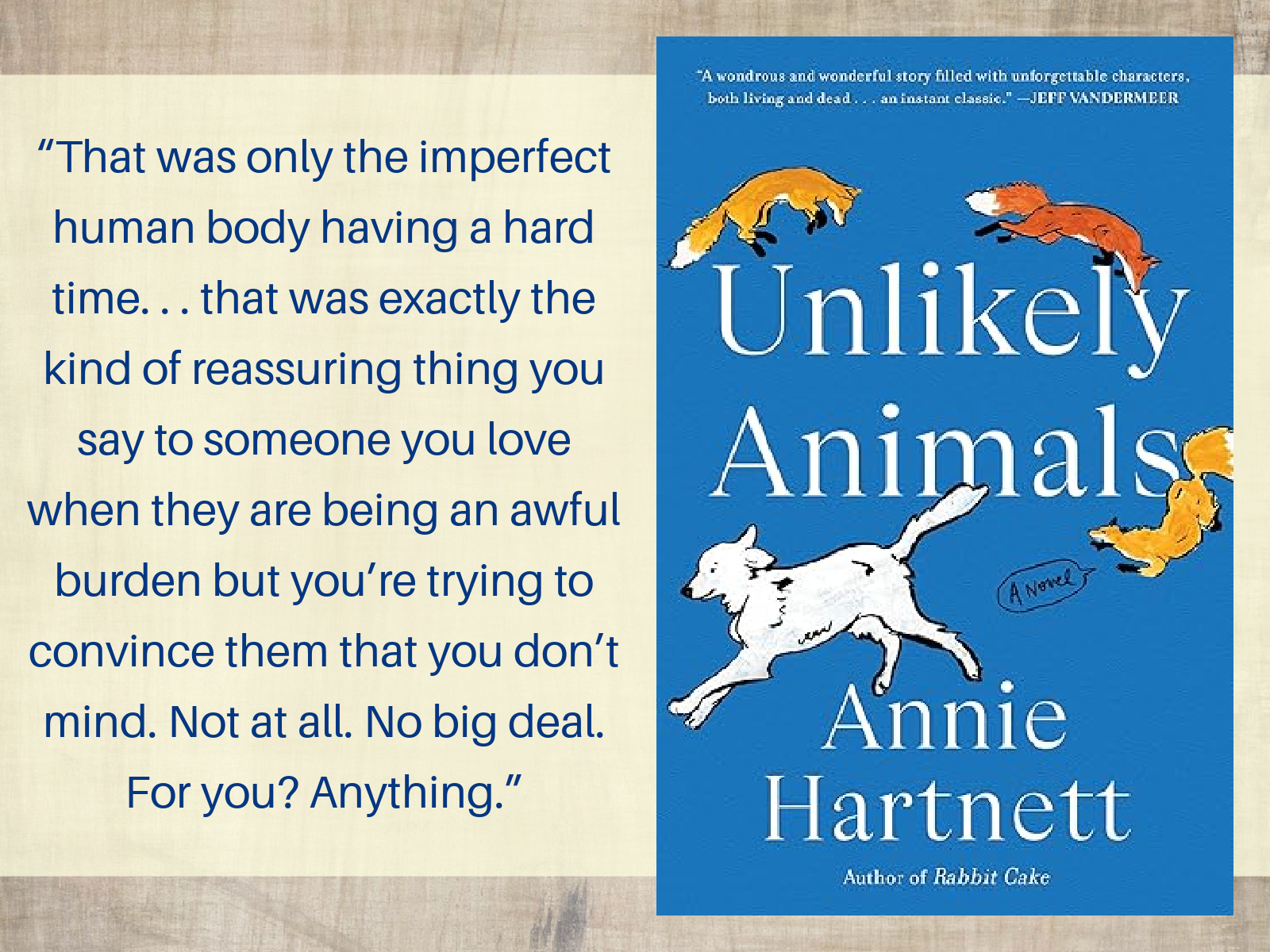
Christmas Karol, by Faith Moore: In this modern take on the Dickens classic, Karol Charles is an ambitious 30-something lawyer who seems to have it all: a successful law practice, two adorable children, a beautiful home, a husband who adores her, and employees who heed her every command. Karol has bought into the story she is telling about herself and her success, namely that “the job makes the money and the money buys the things that make your family happy.” But that vision comes to a screeching halt one Christmas Eve when Marley Jacobs, Karol’s former law partner and best friend, makes an appearance at the office. The problem is that Marley has been dead for years . . .
Things grow stranger for Karol when she takes a spill outside of Rockefeller Center and has to be hospitalized. But this is unlike any hospital she’s seen, haunted by ghosts who tell her she’s doing everything wrong and show her visions of her past and her present, and of what is to come. In one night, Karol sees the heartache and brokenness that led to her poor decisions, mistaken priorities, and alienation of those she once loved most.
I really enjoyed this particular spin on A Christmas Carol and the way it addresses the contemporary issues of workaholism and the endless pursuit of an elusive American dream. As a stay-at-home mom myself, I appreciated the novel’s valorization of marriage and motherhood. Moore is clever with her retelling, adapting characters to the present day in ways that felt relevant without straying from the framework and morals of the the original story.
One aspect of the book I initially disliked was that Karol, our female “Scrooge,” is a lot to handle: her harsh treatment of her children, husband, and employees literally left me weeping, and even after walking through her past, it was hard to wrap my head around how someone could be so awful. But in discussing the book with Luke, he helped me see that this was likely the original intent behind the Scrooge character. Scrooge is SUPPOSED to be awful (hence the miraculousness of his transformation), yet the atrociousness of his behavior has been softened by nostalgia for the traditional story. In Karol, Moore has succeeded in reviving that spiteful spirit of Scrooge, setting her up for the most beautiful of redemption stories.
My only other frustration with the novel was with the prose, which is descriptive to a fault. The incessant descriptions of outfits and hairstyles grew cumbersome and left me wondering where the editors were; this book easily could have been half the length and made just as strong of an impression. Despite far too many adjectives, this was an enjoyable and provocative holiday read that all readers (particularly mothers of young kids) can appreciate.
My Rating: 4 Stars // Book Format: Kindle
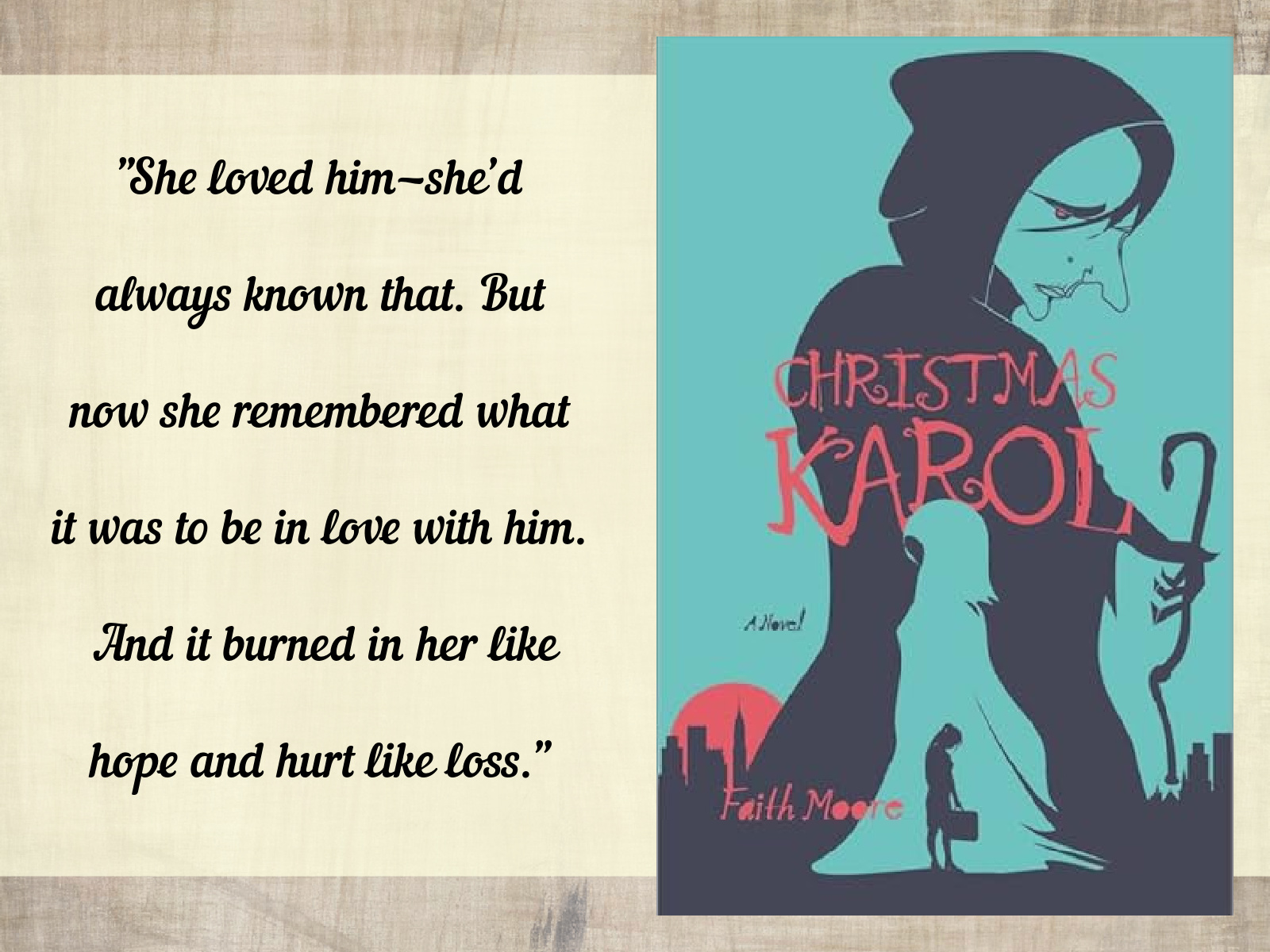
The Book Club Hotel, by Sarah Morgan: Maple Sugar Inn is a charming boutique hotel in Vermont, the perfect destination for three forty-year-old friends to gather for their annual girls’ trip/book club. Though eager for a friends getaway, the three women are each carrying a burden as they head into the week: Claudia is grieving a recent breakup and the abrupt end to her career as a chef; Anna is coming to terms with her twins’ approaching graduation and the end to her time as a stay-at-home mom; and Erica, a successful career woman, is facing a mid-life crisis and questioning her life path.
On their arrival at the inn, the friends are greeted by Hattie Coleman, an exhausted twenty-something widow juggling the hotel while remaining a present mother to her five-year-old daughter. Soon the fates of these four women are intertwined in surprising ways as each woman confronts personal baggage and steps into opportunities for redemption and new beginnings.
I’m such a sucker for feel-good stories around Christmas time, and this one hit all the right notes. From its picturesque setting and bookish premise, to endearing characters with enough complexities to make them interesting (but not so much baggage as to render them insufferable), this was a true delight. I enjoyed the themes of second chances and healthy/authentic female friendship and was surprised by the depth of the issues they face. I especially related to the character of Anna (a SAHM to boy/girl twins), though at forty (my age) she seemed too young to be staring down an empty next. (In fact, all four of the women read much older to me than their stated ages, as did Hattie’s five-year-old daughter; this is a small quibble, but characters who don’t act their age have always bothered me!)
I highly recommend this for readers seeking a heartwarming holiday read with a sweet story, chaste romance, plenty of cozy winter scenes, and just the right amount of emotional depth.
My Rating: 4 Stars // Book Format: Audiobook (I enjoyed the audio narration EXCEPT I wished the narrator had used a British accent for the character of Hattie, whose British background is core to the story)
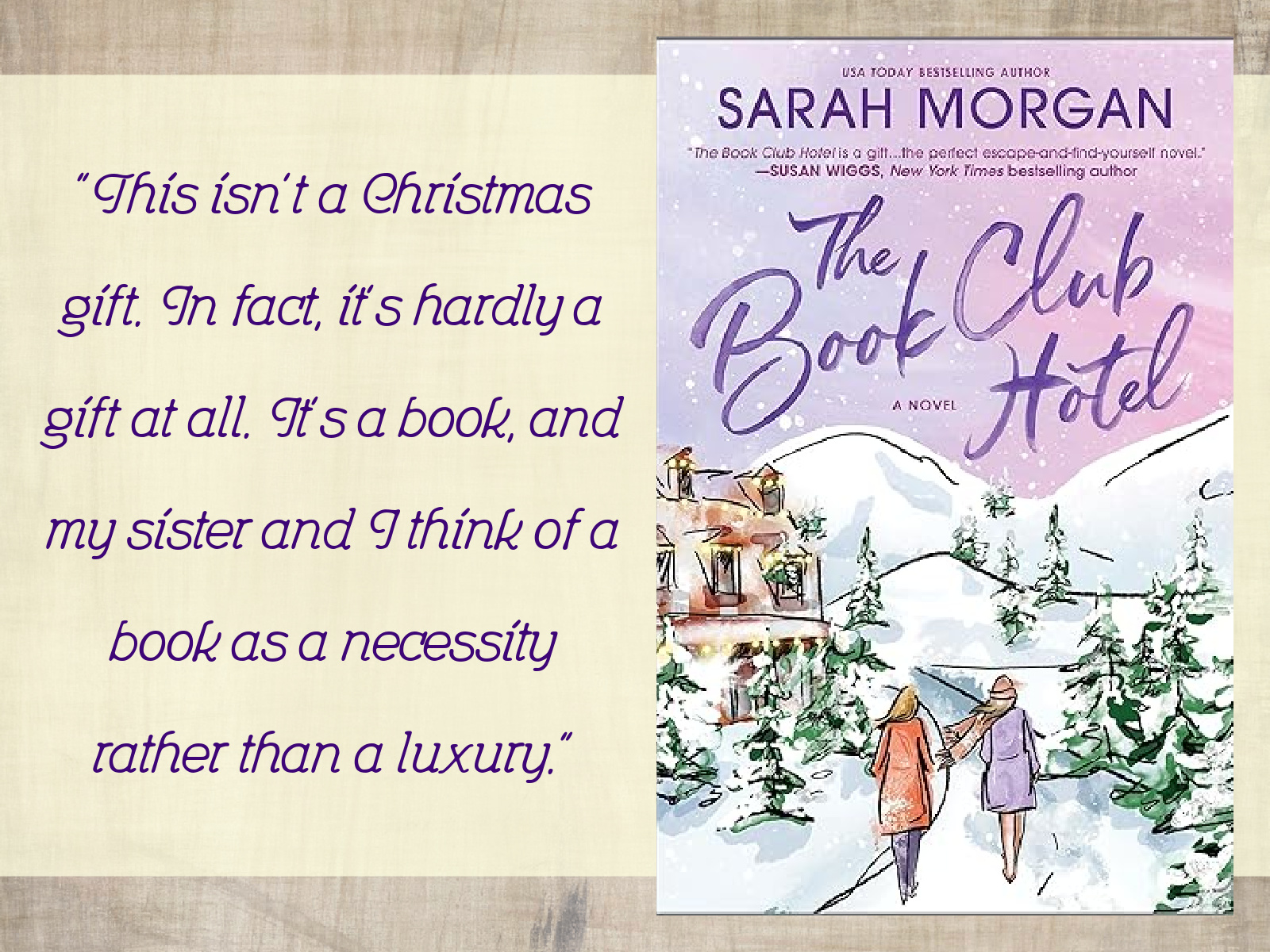
The Cricket in Times Square, by George Selden: Chester is a streetwise mouse who has seen a thing or two in his days roaming the Times Square subway station. But a bit of unexpected country comes to the city when a Connecticut cricket named Chester arrives in New York, filling the station with his unique song and immediately earning the affections of Mario, a young boy who helps out in his parents’ newsstand and is eager for a new pet. Tucker and his pal Harry the Cat welcome Chester into their little community and the trio step into many adventures, from foraging for feasts to setting the newsstand ablaze to attracting the attention of NYC commuters who are amazed at Chester’s symphonies.
From the lovely illustrations by Garth Williams to the charming setting and endearing characters, this book has earned its place as a children’s classic. My kids and I all loved the sweet stories with low-stakes adventure and high-level heart. The book has plenty of potential for cross-curricular lessons (math, simple economics, geography, the history of immigrants in America, and natural science) and touches on themes of friendship, prejudice, and courage. On a personal note, I really enjoyed voicing the characters of Tucker, Chester, and Henry for our read-aloud!
My Rating: 4 Stars // Charleston’s Rating: 4.75 Stars // Book Format: Print
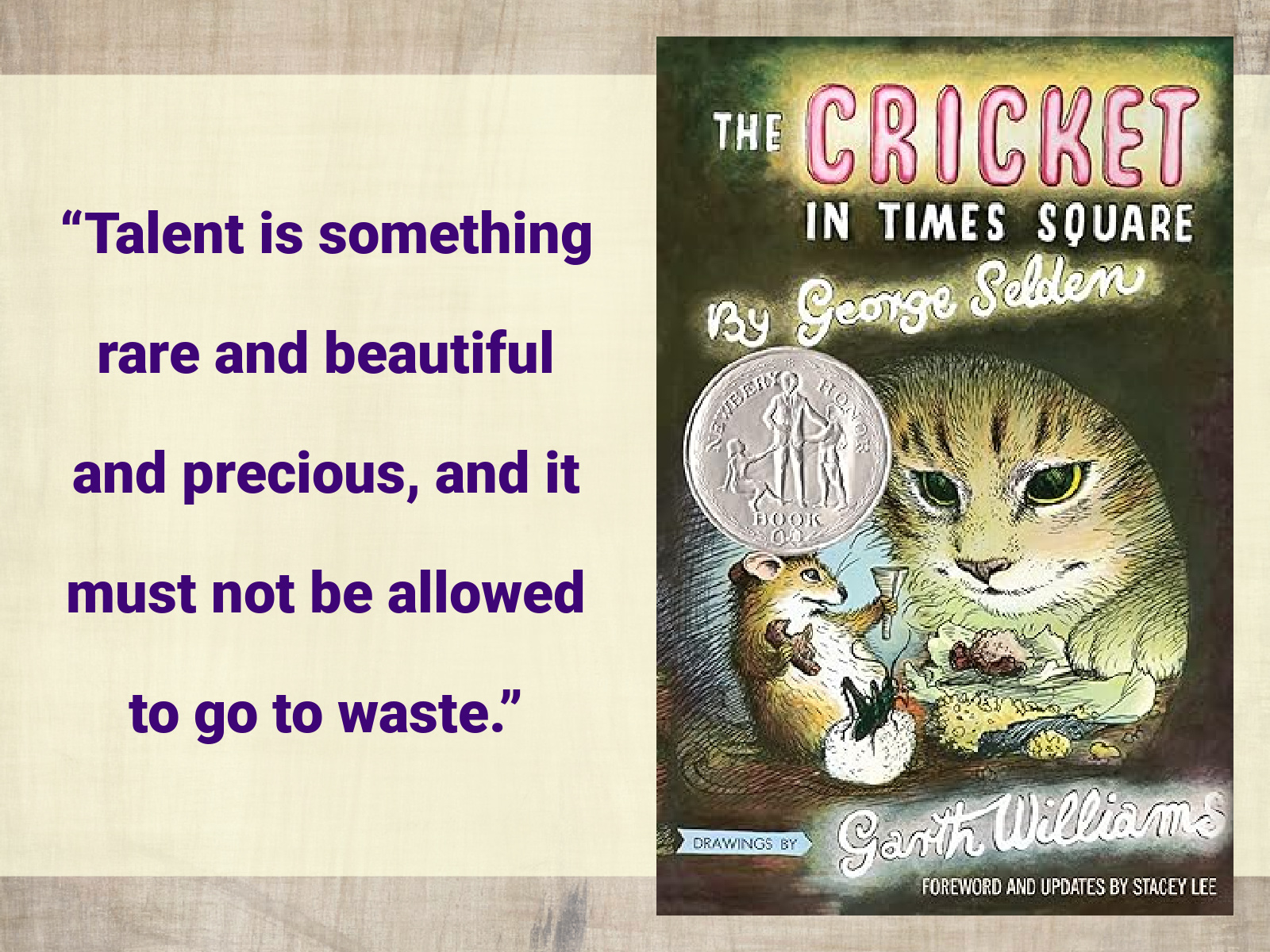
NONFICTION
What if Jesus Was Serious?: A Visual Guide to the Teachings of Jesus We Love to Ignore, by Skye Jethani: All of Scripture is God-breathed and a never-ending fount of life and truth, but there are some passages that resonate deeply within us, and the Sermon on the Mount is one of them—for me, and countless other Christians in history. I memorized the passage last year and have since done several more in-depth studies of these pivotal three chapters. The Sermon on the Mount contains some of Jesus’ most memorable but also most challenging teachings, and in this devotional pastor Skye Jethani invites us to read them as if Jesus actually MEANT what he was saying!
The book is divided into bite-sized chapters elaborating on the various themes in the Sermon, from observations on who is truly blessed by God to insights into topics of judgment, self-righteousness, prayer, and spiritual fruit. Each chapter is introduced with an insightful and thought-provoking doodle (these were my favorite parts of the book) followed by Jethani’s commentary that provides cultural and historical context and connects the passage to the present day. Chapters end with recommended verses for supplemental reading.
I’m not sure I agree with every portion of the book, especially the strong orientation towards works and social justice, without much mention of grace and God’s sovereignty. (These are not mentioned in the Sermon on the Mount itself, necessarily, but are present throughout the Gospels and in Jesus’ life itself and thereby shed light on our interpretation of the Sermon.) However, I appreciated Jethani’s straightforward tone and call to Christians to step beyond our preconceived ideas of what it looks like to follow Jesus. The messages here are insightful and bring Scripture to life in a new and fresh way, while (mostly) remaining true to Jesus’ original teachings.
I read this one straight through, but would recommend reading it as a daily devotional, taking time with the short chapters that provide so much food for thought that they are best consumed in small doses. I’d also recommend reading this alongside other commentaries to provide a more robust examination of the Sermon on the Mount and to get additional perspectives on some of Jethani’s less conventional conclusions. This would make a great study guide for a book club or group Bible study!
My Rating: 4 Stars // Book Format: Kindle
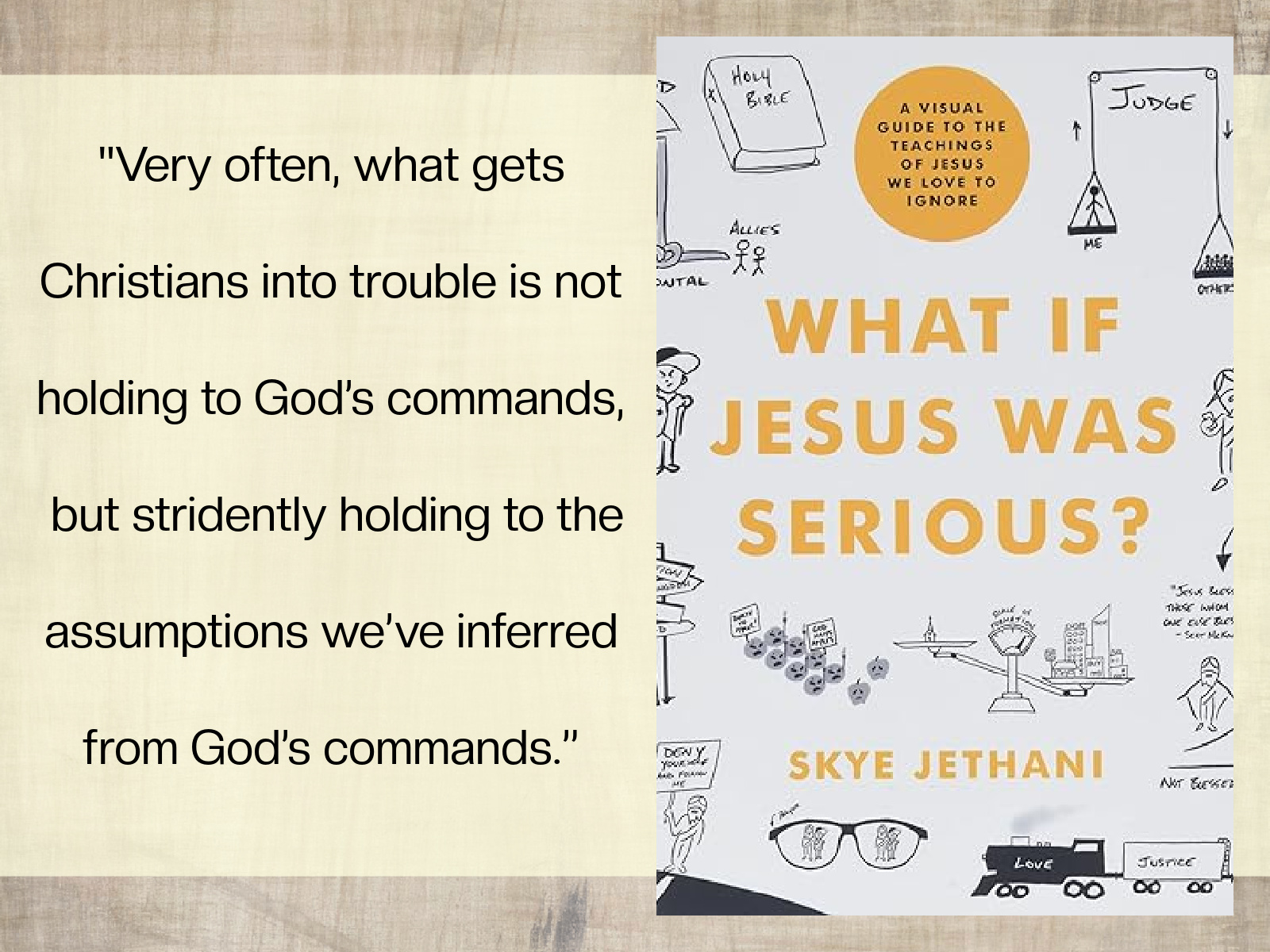
Congratulations, Who Are You Again? by Harrison Scott Key: Growing up in Mississippi, Harrison Scott Key had few talents or redeeming qualities, but he DID have a dream—to one day become a writer and publish a book. Key chased after that dream for years, and after much angst and many false starts, he got an enviable book deal. His dream was coming true. But nobody tells you that not every fulfilled dream is really a dream-come-true. Key discovered what a book deal meant—lots of work, unsuccessful book tours, toll on his family—and what it did not mean—universal praise, widespread fame, happiness, a sense of fulfillment. In this comedic memoir that is just as raw and uncomfortable as it is funny, Key invites on the harrowing journey of his first book’s lead-up and its aftermath.
This was my first exposure to Harrison Scott Key and he made a strong first impression. (I chose to listen to this while waiting for my hold to come through on Key’s most recent book, about which I’ve heard nothing but great things.) I appreciated the extreme candor and vulnerability of his writing, and was wowed by his comedic timing and hilarious turns of phrase. Key’s humor is the type of self-deprecating, wry wit that I love, and it was interesting (though pretty depressing) to get a look inside the book/publishing world between laughs. Key is very close (timeline wise) to the events described in this book, and I tend to be skeptical of memoirs written from the “messy middle” without the gift of time for insight or reflection, but Key does have some very admirable and valid takeaways, and I believe the lessons form these experiences are sincere and timeless.
The book is largely written in the second person, as though he is offering direct advice to an audience of dreamers, and at times this conversational tone off-putting to me. I also was not thrilled with the audio narration (which may be what led me to dislike the tone). But this book made me laugh and made me think and, most of all, made me appreciate my own little life, and for that I would call it a success.
My Rating: 4 Stars // Book Format: Audiobook
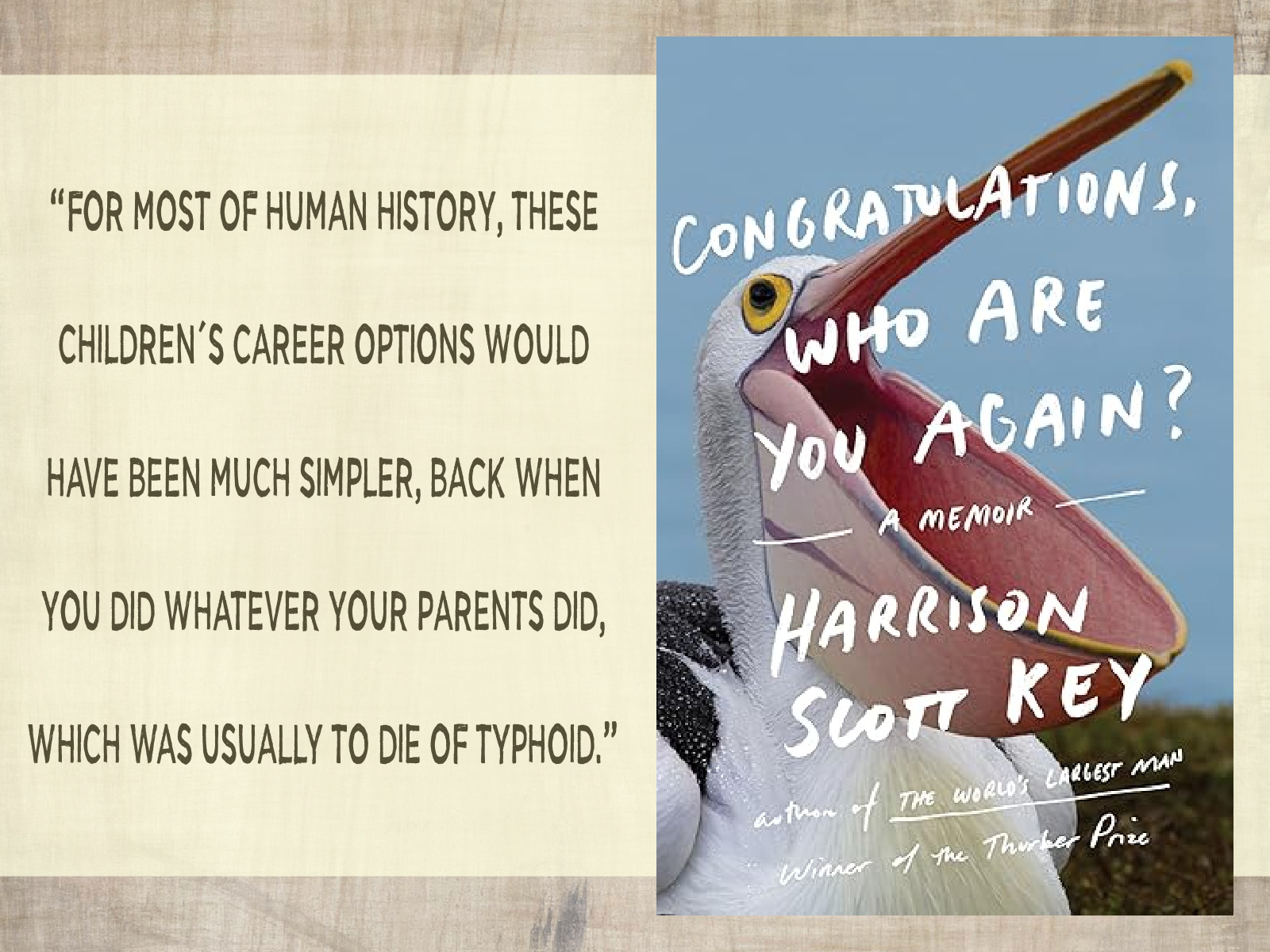
The Evangelical Imagination: How Stories, Images, and Metaphors Created a Culture in Crisis, by Karen Swallow Prior: The Evangelical movement in America is not exactly having a shining moment. From scandal and bad press to unfortunate affiliations and schisms between Evangelical sects, it seems we could use some reimagining. I say “we” because I identify as a lifelong Evangelical, and while I recognize that “evangelical” is practically a slur in some circles, I continue to hold tightly to the spirit of evangelicalism and came into this book with a posture of curiosity and hope.
In this book, English professor (and self-professed Evangelical) Karen Swallow Prior examines the origins of evangelicalism through the lens of evangelical culture. Prior writes, “the religious beliefs and cultural currents that birthed the evangelical movement in the eighteenth century and manifested as political and social views in the centuries that followed exist now as unexamined assumptions swirling within the evangelical imagination,” and Prior takes it upon herself to examine these assumptions in order to usher in helpful repairs to the dilapidated evangelical house.
It is with keen scholar’s insight and a heartfelt belief that “God’s foundation is true . . . and all the windows will allow the light to stream in, now, and for all generations to come” that Prior explores the origins and continuing power of some of the primary images, metaphors, and stories of the evangelical movement over the past three hundred years, beginning with the Victorian period and into today. In chapters on various evangelical themes such as conversion, testimony, empire, materiality, domesticity, and rapture, Prior highlights stories and cultural metaphors that speak into the theme and have shaped modern Christian understanding; she then engages in the precarious task of sorting modern evangelicalism from Biblical truth.
I don’t know that I’ve read a book like this one, with its artistic bent and focus on metaphor, and I applaud Prior for a powerful and insightful premise and razor sharp analysis. A few sections of the book were a little over my head, though this may have been due to listening to this one rather than reading with my eyes, as I tend to process heady ideas better visually. I cannot say that I agree with all of Prior’s conclusions; her tone tends toward elitist and critical, and I feel she is unduly harsh towards some aspects of evangelicalism that may not be to her taste or her interpretation of Scripture, but that I am unwilling to abandon. That said, I do appreciate her thoughtful commentary and elegant writing. This is a thought-provoking book that has me paying closer attention to the stories I allow to speak into my spiritual life.
My Rating: 4 Stars // Book Format: Audiobook
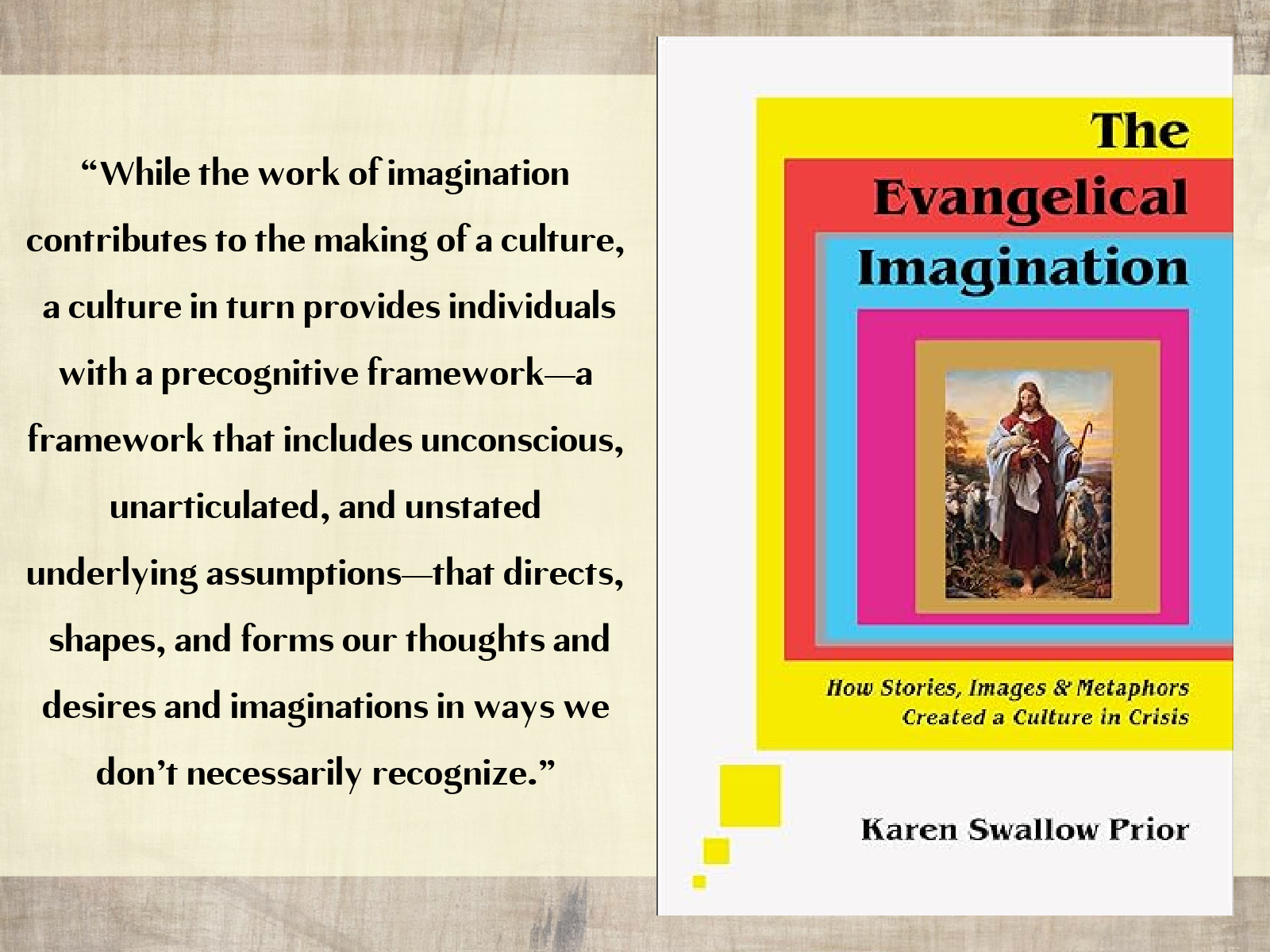
Generations: The Real Differences Between Gen Z, Millennials, Gen X, Boomers, and Silents―and What They Mean for America’s Future, by Jean M. Twenge: Regardless of your age, you’ve likely had the experience of looking at someone from another generation and feeling baffled by their perspective. In this groundbreaking book, psychology professor and generations expert Jean Twenge helps readers of every generation understand how and why we differ.
Twenge begins by identifying and describing the six generations living in the United States today: the Silents, born 1925–1945; Baby Boomers, born 1946–1964; Gen X, born 1965–1979; Millennials, born 1980–1994; Gen Z, born 1995–2012; and those born since 2012 (whom Twenge calls the Polars). Each generation was shaped by cultural and historical events, shifting ideologies, and—more than anything else, as Twenge argues in the book—the rapid evolution of technology. Twenge relies on hundreds of studies and surveys to show how the eras in which we are born have a substantial influence on our behaviors, attitudes, values, and personality traits,
Twenge’s main premise is that technological advancement, combined with a subsequent rise of individualism and an increasingly slower life (kids growing up more slowly with each passing generation), has shaped everyone from the Silents and beyond. In chapters dedicated to each of the six generations, she gives a basic demographics overview and highlights well-known individuals from the generation. She then gets into generational trends relating to marriage, sexuality, birth rates, alcohol and drugs, technology, income, education, politics, religion, mental health, and more.
Twenge’s research is extensive and her analysis is thorough; there is a lot of hard data here, which Twenge helpfully parses out to identify themes and draw unifying conclusions. Twenge’s descriptions of the generations are straightforward and mostly devoid of value judgments: she identifies trends without stating whether they are good or bad developments, leaving it to the reader to form our own opinions.
There are inherent limitations to a book like this: namely, lack of clear data (particularly for past generations) and the stickiness of distinguishing between correlation and causation. We are also looking at the data through the author’s lens which will inevitably be tainted with bias (despite clear efforts at neutrality). Even the generational time frames are subject to her interpretations, as sociologist have not identified clearcut time frames for each generation. There is also the problem of anomalies (case in point: I found myself relating to very few of the qualities described in the Millennial chapter, despite being solidly in this demographic: I agree with Twenge’s summary of my generation, but have always felt like an outlier amongst my peers).
Despite these drawbacks, this book is an invaluable resource for marketers, politicians, or anyone wanting to understand members of other generations (including family members). Twenge helped me to understand aspects of each generation that I’d recognized but hadn’t fully understood. The final chapter offering predictions about the future was especially insightful; nobody can predict the future, but it was helpful to have my attention drawn to certain themes that will be important moving forward regarding work, demographics, and family life in America.
This book is very long but definitely worth the read. I would recommend reading this in print or ebook, as there are charts on nearly every page that would not translate to the audio format. This would make a fantastic book club selection, especially if members of the book club are multigenerational. Since reading, I have brought the ideas in this book into countless conversations and I would love to sit down for a chapter by chapter analysis with a group.
My Rating: 4.5 Stars (Rounded to 5 Stars on Goodreads) // Book Format: Kindle
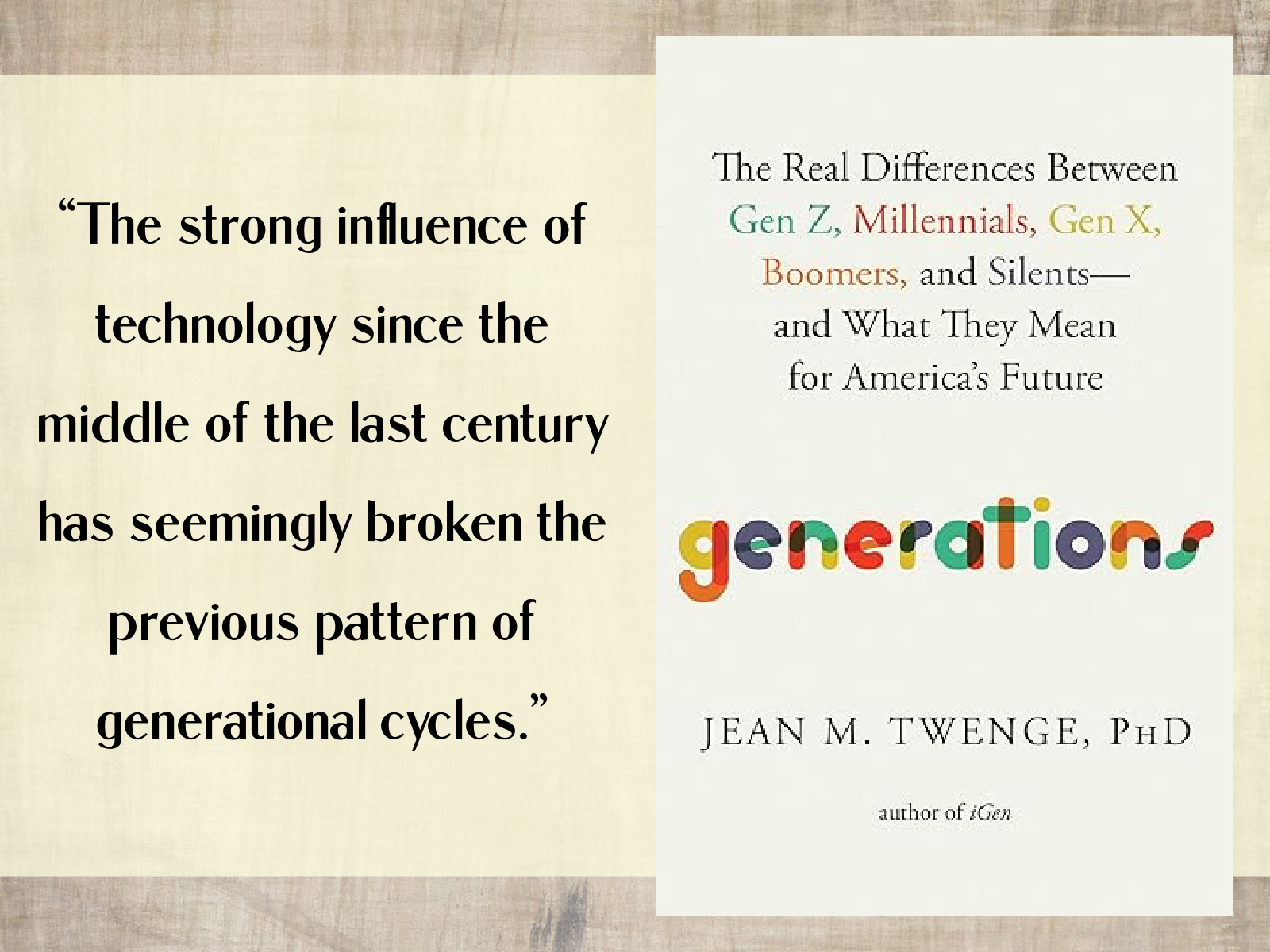
What have YOU been reading lately? Drop a comment letting me know the best (or worst) thing you’ve read this month.
I have appreciated KSP for a long time, so I was really looking forward to The Evangelical Imagination. Like you, I thought she represented “the brand” with superb honesty and clarity. I learned a lot about the label I’ve worn for my entire adult life.